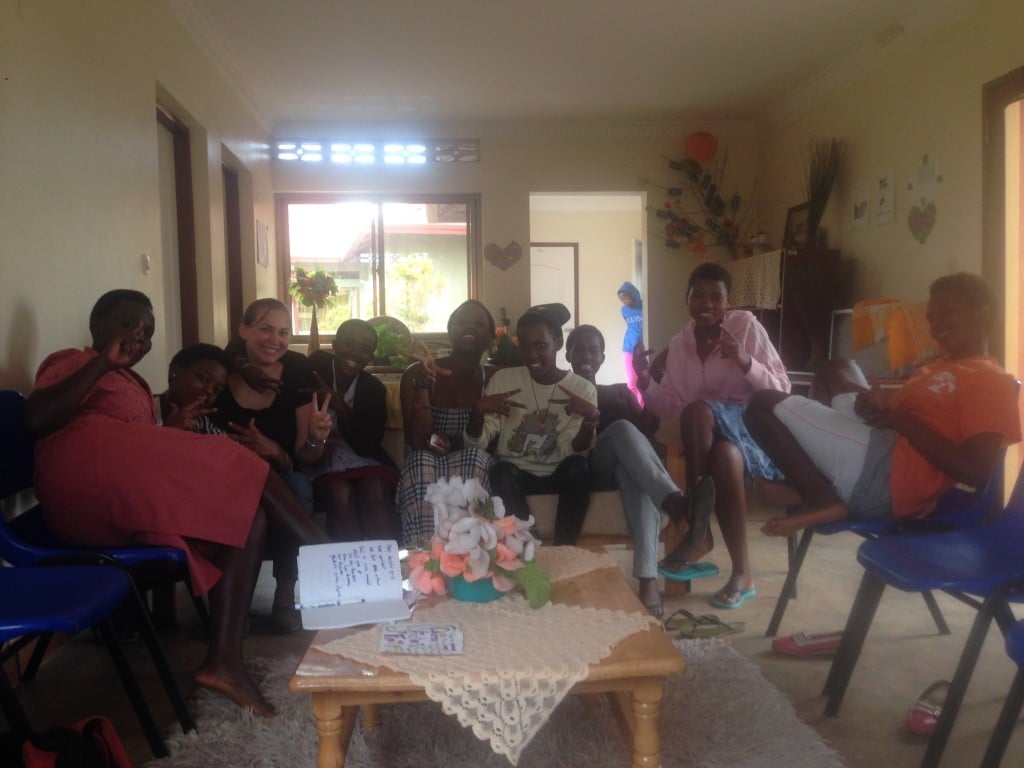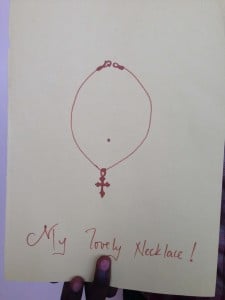Blog Archive
An Experience in Rwanda…
As we sat around the table in the art room surrounded by their paintings and drawings, I asked the students, “What is a museum?” “A place for old things,” they said. “You can learn about people from the past.” They were surprised to hear that some museums collect stories and that these stories are not just about important people who lived long ago, but also about people just like them.
I have had this conversation with many students in New York City, but this time the conversation took place in Rwanda at the Agahozo-Shalom Youth Village (ASYV). Home to 500 high school students, ASYV provides some of Rwanda’s most vulnerable teens with a home, education, and the opportunity to realize their potential. Founded in 2008 by the philanthropist Anne Heyman, the village is a testament to resilience. The children are all survivors of Rwanda’s national trauma, but I never would have guessed this looking into their smiling faces. My week at ASYV challenged many of my own assumptions about global citizenship, at risk youth, education, and what it means to heal. It also affirmed my belief in the power of personal stories to connect us across time and place, from the specific to the universal.
The students were amazed that a museum could be in a former home as the Tenement Museum is, and that it could tell the stories of immigrants that once lived inside. It also got the group thinking about the stories that each of them have to tell. At the Tenement Museum, objects ground our stories and so I had the students think about an object that was special to them and begin to write about it. Initially they were dubious about the power of ordinary objects to communicate, but as time passed, markers quietly filled the paper and ideas were shared.
For many students, the objects that were most special to them were worn. Jewelry linked their lives to family members who had passed on. Necklaces had the power to communicate the love of grandmother and of a father who never met his child. Plastic watches became living memorials that inspired students “to work hard in order to reach his/her purpose.” The objects were rich in meaning. They contained memories, motivation, and emotions that traversed generations.
As we heard about each other’s objects and looked at the drawings they inspired, the value of the students’ stories was clear. They were powerful. Although they were specific, it became apparent that their stories were also universal and that they too were worthy of a museum.
Special thanks to the Jewish Joint Distribution Community for organizing the Entwine program that brought me to Agahozo and to the ROI Community for its financial support of my travel.
– Miriam Bader

